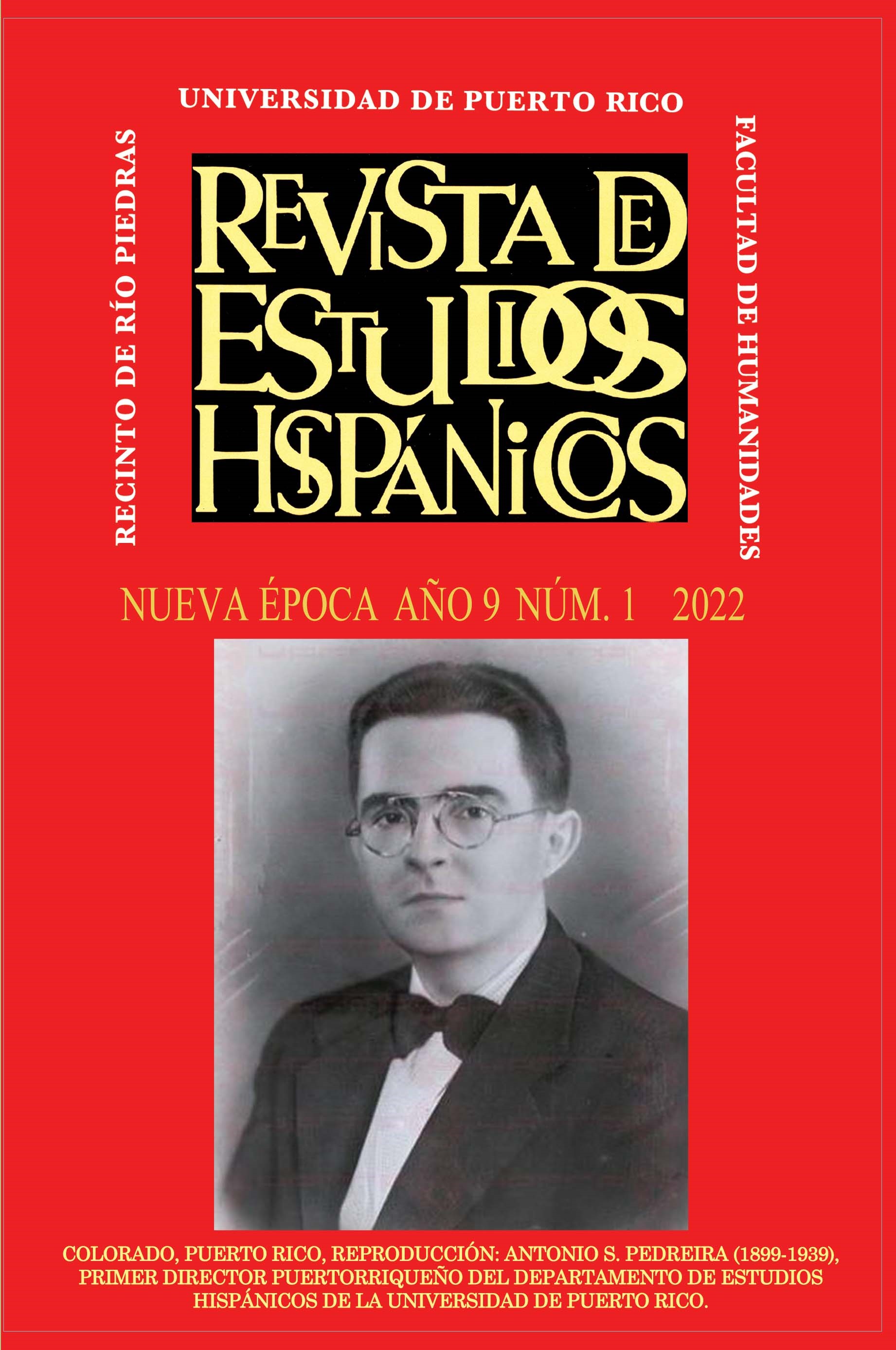Abstract
This article attempts to expose, in a meticulous and chronologically ordered way, the evolution of a Nietzschean idea in the work of Miguel de Unamuno (1864-1936). In addition to providing a historical overview, this essay details the early handling and eventual expansion of Friedrich Nietzsche's (1844-1900) idea and conviction in the vital need for mental expulsion in the work of Unamuno. With this premise, Unamuno not only created a theory that describes, exemplifies, and disaggregates literary creation but also—throughout this experimental process—was forced to drastically revise his work, which led him to radically change how he examined and wrote literature. Unamuno's utilization of Nietzsche's idea not only led to the creation of new literary theories (oviparous and viviparous), but also provided a means for the transformative artistic experimentation which characterized Unamuno's work throughout two decades as a fusion of multiple literary forms (essay, novel, short story). The explanation of this phenomenon is decisive, as it was in his action as a reader where the theoretical foundations of his interpretation of Nietzsche and his own writing emerged.

This work is licensed under a Creative Commons Attribution-NonCommercial 4.0 International License.

